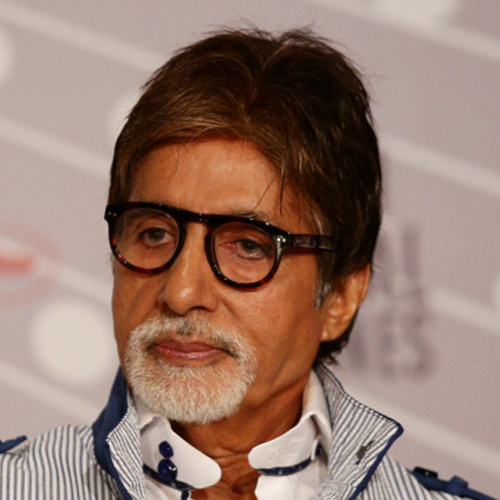विश्व की सबसे प्राचीन भाषा संस्कृत आज अपने अस्तित्व की लड़ाई लड़ रही है। भारत की सबसे प्रसिद्ध प्राकृत भाषा हिंदी को राष्ट्र भाषा होने के बावजूद दूसरी भाषाओं से लड़ाई लड़नी पड़ रही है।
नौवीं शताब्दी मे हिंदी ने भारत में अपनी अच्छी पैठ बना ली थी। हिंदी को सबसे ज्यादा नुकसान अंग्रेजी ने पहुंचाया। अंग्रेजों ने भारत में करीब 200 साल राज किया। इन 200 साल में उन्होंने अंग्रेजी को मुख्य भाषा के तौर पर स्थापित कर दिया। आज भी देश में अंग्रेजी का प्रभाव हिंदी से कहीं ज्यादा है। सरकारी कार्यालयों व विभागों सहित निजी कार्यालयों व विभागों में अंग्रेजी का प्रभुत्व ज्यादा है। अंग्रेजी बोलने वालों को ज्यादा शिक्षित व ज्ञानवान समझा जाता है। ज्यादा शैक्षिणिक कोर्स अंग्रेजी में है। अंग्रेजी माध्यम में शिक्षा को उत्तम माना जाता है। विदेशों में रोजगार के लिए भी अंग्रेजी को महत्व दिया जाता है। अंग्रेजी का प्रभुत्व यह है कि हर साल देश में करोड़ों लोग आइलेट की परीक्षा देते हैं। यह परीक्षा अंग्रेजी के ज्ञान पर आधारित है। इस परीक्षा से ही विदेशी संस्थान हर साल करोड़ों कमाते हैं। हिंदी देश की राष्ट्र भाषा है लेकिन देश में वह अंग्रेजी के साथ ही स्थानीय भाषाओं से जंग लड़ रही है। देश के राज्यों में सारा काम स्थानीय भाषा में करने के आदेश हैं। मुख्य तौर पर अंग्रेजी का प्रभुत्व है। कटु सत्य है कि भारत के संविधान का हिंदी व स्थानीय भाषाओं में अनुवाद नहीं है। न्यायिक कामों में अधिकांश काम अंग्रेजी में होता है जिसे हिंदी में नहीं किया जा सका है





































